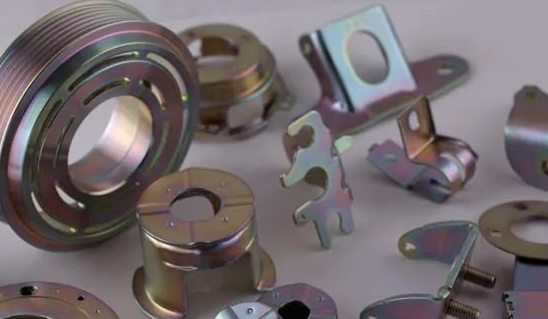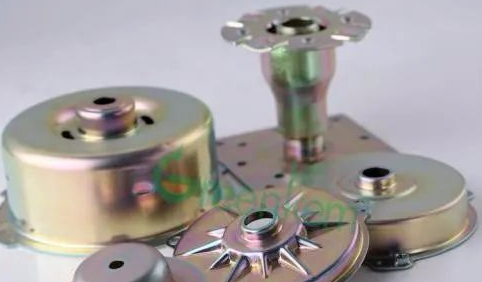Galvanized layer color passivation
The
galvanized layer is chemically treated in a solution composed of chromic anhydride, sulfuric acid, nitric acid, etc. to form a chromate film on the surface. This process is referred to as passivation.
Passivation film has the following functions:
(1) Improve the resistance of zinc coating to atmospheric, carbon dioxide, and water vapor corrosion.
(2) Improve the appearance and color and have a certain decorative effect.
At present, low chromium passivation process is mostly used for passivation. According to the process formula concentration, it only accounts for 1/30 to 1/50 of the original formula concentration, which greatly reduces the pollution to the environment and the consumption of raw materials. However, it requires proficiency in skills and maintenance of normal solution. Operation also poses new requirements. It is easy to make mistakes if the operation is slightly careless, so we should attach great importance to it.
Passivation film is easy to fall off
In addition to the imbalance of the sulfuric acid concentration in the passivation solution and the failure to completely remove the residual additives on the surface of the plated parts, improper operation can also cause the passivation film to fall off, such as:
(1) After passivation, the object has been touched before drying;
(2) After passivation, directly enter the oven for baking without blowing or drying;
(3) Failure to dry in time under high humidity conditions;
(4) When drying, the accumulated water on the lower end and holes of the plated parts was not removed in time;
(5) Secondary passivation parts, that is, parts that are deemed to have poor film color after passivation and then undergo re-passivation will peel off;
(6) After passivation and cleaning, sometimes even though the workpiece is dried, it is wetted by the water flowing down from the hanger, causing part of the film to fall off;
(7) The passivation solution temperature is too high and the passivation time is too long, causing the film layer to be too thick, which affects the bonding force of the film layer.
For potassium chloride bright galvanized parts, if the film is removed without pretreatment before passivation, it must be pretreated first. This is because there are additives attached to the surface of potassium chloride bright galvanized parts. If the additives cannot be thoroughly cleaned, After passivation, peeling will inevitably occur.
For this reason, it is necessary to boil it in boiling water for 3 to 4 minutes before passivation, and then passivate it after cooling. This problem of film removal can be solved.
In order to reduce rework due to decoating, an inspection should be done after passivation of the plated parts but before baking. When any decoating is found, it should be removed immediately in dilute hydrochloric acid, rinsed with running water and re-passivated. This can greatly improve the quality of the parts. Simplify the repair process.

